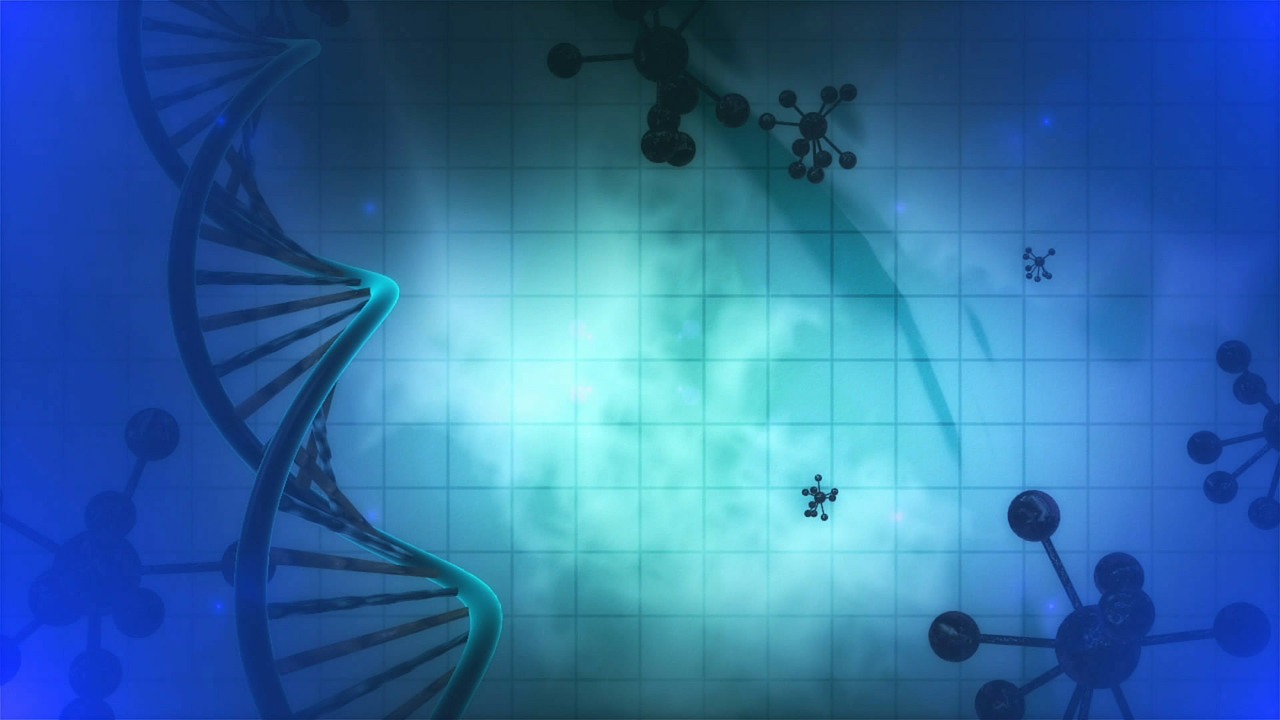



Original from: Genomeweb
Rady Children's Hospital-San Diego is preparing to launch a consortium aimed at making rapid whole-genome sequencing (rWGS) a standard of care for newborns.
Stephen Kingsmore, president and CEO of the Rady Children's Institute for Genomic Medicine previewed the plan at the Bio-IT World Conference & Expo here Thursday. A more formal announcement will come next month.
Rady will form the yet-unnamed consortium, tentatively called BabySave, with bioinformatics startup TileDB, Illumina, Fabric Genomics, and AstraZeneca's Alexion Pharmaceuticals.
At Bio-IT World, Kingsmore invited the audience, including bioinformatics professionals and vendors, pharmaceutical companies, and healthcare provider organizations, to join a prototype/feasibility phase that will look for genetic biomarkers of about 350 disorders. By 2026, Kingsmore hopes to commercialize the program and have rapid whole-genome sequencing become a standard of care in subsequent years.
Many details still need to be hammered out, but Kingsmore said that the goal is to build a dataset covering as diverse a collection of races, ethnicities, and ancestral groups as possible "so we have a true sense of allele frequency information." He noted that 94 percent of UK Biobank participants are white, representative of the lack of diversity in current population-level genomics data.
Kingsmore wants the research data to be precompetitive so the group can attract as many partners as possible, but he also wants the sequencing to play a diagnostic role, much as it already does at Rady.
The BabySave name comes from Project Baby Bear, an effort led by Rady Children's and funded by the state of California ¡ª which features a bear on its flag ¡ª to accelerate diagnosis of critically ill newborns through rWGS. A study published in the American Journal of Human Genetics last year showed a net savings of nearly $3.7 million as a result of 178 babies on Medicaid in California being sequenced as newborns through Project Baby Bear.
That statewide project, which started in 2018, was the outgrowth of a program in place at Rady since 2011 that initially offered rWGS only for patients in the pediatric intensive care unit. Multiple research studies covering 2,433 children in intensive care at Rady have shown that 37 percent of patients will get a diagnosis, 29 percent will have a change in care management, and 18 percent will have improved outcomes. "Those are staggering numbers," Kingsmore said.
Not only does the sequencing lead to better outcomes, it saves money, and will keep saving money after the initial hospitalization. "We don't really know how big that is because these kids still need to grow up," Kingsmore said.
Now, Medicaid programs in California, Michigan, Minnesota, and Oregon cover diagnostic rapid whole-exome or whole-genome sequencing in PICUs, as does Anthem Blue Cross Blue Shield. However, Kingsmore said that it will still take a few years for this to become standard nationally and to educate physicians, nurses, and genetic counselors about this kind of testing.
"Doctors don't know what the current treatment regimen is for a rare or ultrarare disease," Kingsmore said. "Chances are, they've never seen it before, never treated it before, and they are reliant upon sub- and superspecialists to actually tell them."
Many treatments for rare diseases have not gone through clinical trials. "It's a matter of case reports and small cohorts that have guided the evolution of management for these conditions," Kingsmore said. Another problem is the "therapeutic odyssey," he said. "We return what we think is a lifesaving diagnosis, and we don't actually see that benefit" if clinicians don't know what treatments to start their patients on.
Rady worked with vendors including Rancho Biosciences, Genomenon, Epam, and Alexion to build a virtual acute management guidance system to integrate that information across 1,527 interventions for 421 of diseases. This program is called Genome-to-Treatment, or GTRx.
The decade-old PICU screening initiative was targeted at only the 2 percent of inpatients who were in the ICU, though. Kingsmore and colleagues eventually realized that they could expand the program for newborn screening as well, and not just to the rest of Rady. "A diagnostic modality is wonderful, but we're waiting until the kids are in an intensive care unit, and furthermore, not every child is getting that test," he said.
To close that gap, Rady decided on a universal delivery system. Currently, every newborn gets a heel prick and is tested for about 30 genetic conditions. "What if we could take that up to 500 or 1,000? What if we could do that for every genetic disorder for which there is effective therapy?" he said.
The hospital worked with Rancho and Alexion to modify GTRx for newborn rWGS. The workflow for newborn screening does not look all that different than that of the GTRx program for PICU patients.
"In order to make this work, we needed to scale to 140 million children worldwide," or the number of children worldwide who get conventional newborn screening, which is universal in wealthy and some middle-income countries. "If it costs a small enough amount, we could convert 140 million babies worldwide," Kingsmore said, suggesting that the price point has to be $100 to $200 per test.
Right now, rWGS costs about $380 and has a turnaround time of about seven hours, according to Kingsmore.
TileDB, maker of an array database system that grew out of a partnership between Massachusetts Institute of Technology and Intel, created a software package called BabySave for just-in-time analysis of newly sequenced infants. TileDB cost just over $.06 per patient, compared to $2.18 each for a conventional batch-analysis method.
The pretest probability of genetic disease in a healthy newborn is about 0.5 percent, so it is imperative to keep false positives as low as possible. In a proof of concept, the Rady team achieved an acceptable rate of .26 percent false positives.
Source: Rady Children's to Launch Consortium for Rapid Whole-Genome Sequencing of Newborns